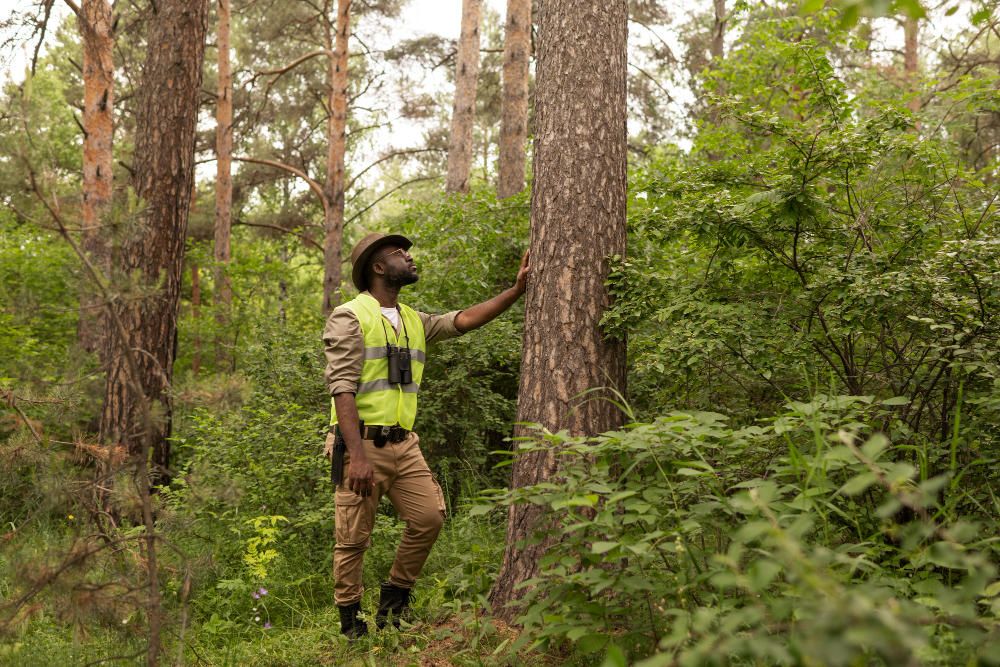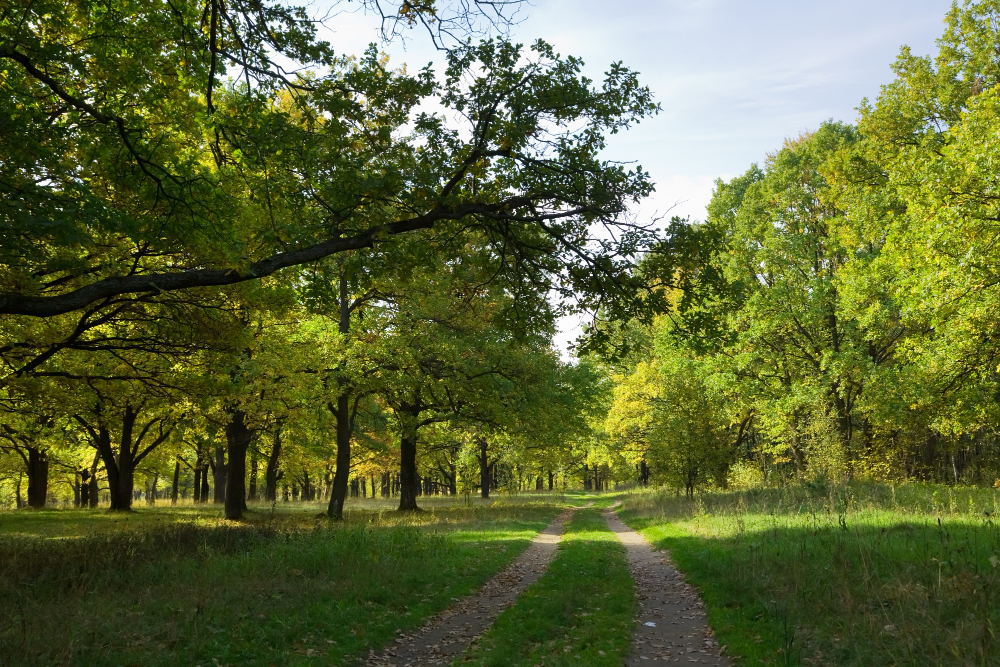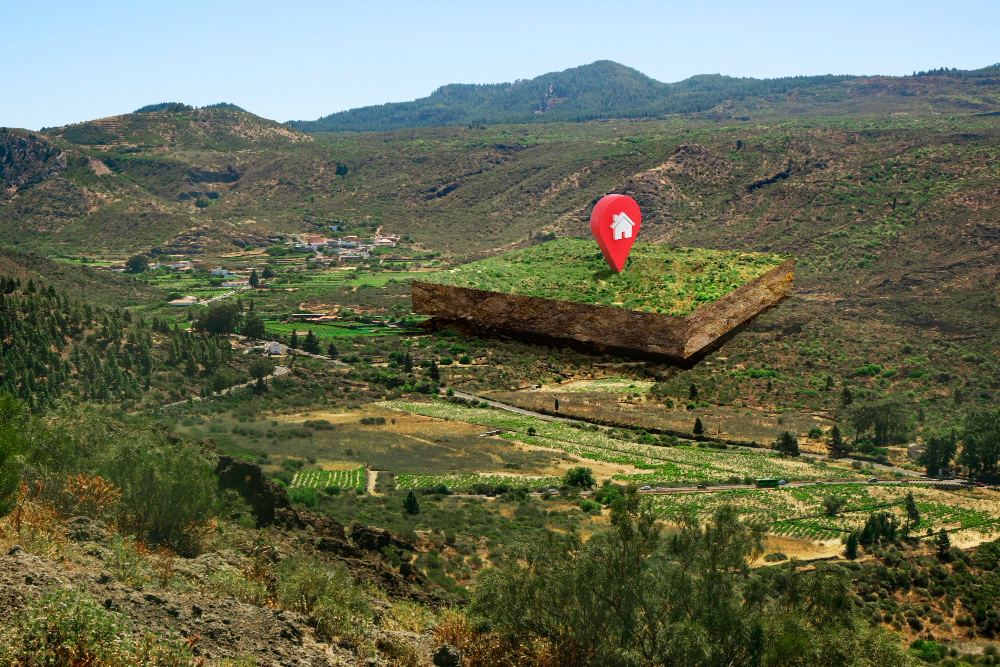
Habitat Classification: Why It’s Essential for Biodiversity Net Gain
3 Feb 2025 | 8 min read
Despite its importance, habitat classification for BNG comes with several challenges:
- Subjectivity and surveyor variability: While UKHab provides standardised definitions, there is still some subjectivity in habitat assessments, particularly in evaluating habitat condition.
- Dynamic and transitional/irreplaceable habitats: Some habitats, such as successional woodlands or wetlands, change over time, making classification complex. Read this article to know more – Am I working with an irreplaceable habitat?
- Data limitations: Accurate classification requires high-quality ecological surveys, which can be resource-intensive. Some sites may lack historic data, complicating baseline assessments.
- Integration with other metrics: BNG also considers species diversity and ecosystem function, which are not always fully captured by habitat classification alone.
To overcome these challenges, ecologists and developers must ensure high-quality ecological training, robust survey methodologies, and adaptive monitoring.
Future developments in habitat classification for BNG
As BNG policies evolve, habitat classification methodologies are also improving. Some key trends and innovations include:
- Refinement of the UKHab system: The UKHab framework is continuously being updated to improve accuracy and usability for BNG assessments.
- Integration with remote sensing and GIS mapping: Advances in satellite imagery, drone surveys, and AI-driven habitat recognition are enhancing large-scale habitat classification efforts.
- Linking habitat classification with climate resilience: Future BNG strategies may incorporate climate-adaptive habitat classification to ensure long-term ecosystem resilience.
- Greater alignment with Local Nature Recovery Strategies (LNRS): Standardised habitat data will play a growing role in landscape-scale conservation planning.
As these innovations take shape, they will help streamline BNG implementation and improve ecological outcomes.
In conclusion
Habitat classification is a cornerstone of effective BNG delivery. It provides the essential data needed to measure, enhance, and monitor biodiversity across development projects. By adopting standardised classification systems like UKHab, ecologists, developers, and LPAs can ensure that BNG commitments lead to meaningful and lasting ecological benefits.
As the UK moves toward a nature-positive planning system, the role of habitat classification will only grow in importance. A well-classified habitat is not just a set of data points—it’s the foundation for a healthier, more biodiverse landscape.
By investing in robust habitat assessment methodologies, the industry can ensure that BNG delivers on its promise: a net gain for nature, communities, and future generations.
Need help with BNG?
Check back regularly for the latest insights and news. Learn how AiDash Biodiversity Net Gain Management System™ (BNGAI™) can help with 10% BNG planning for urban projects. Start your first BNG project now!
Read how BNGAI™ by AiDASH set a new benchmark for natural capital management for Affinity Water here.






